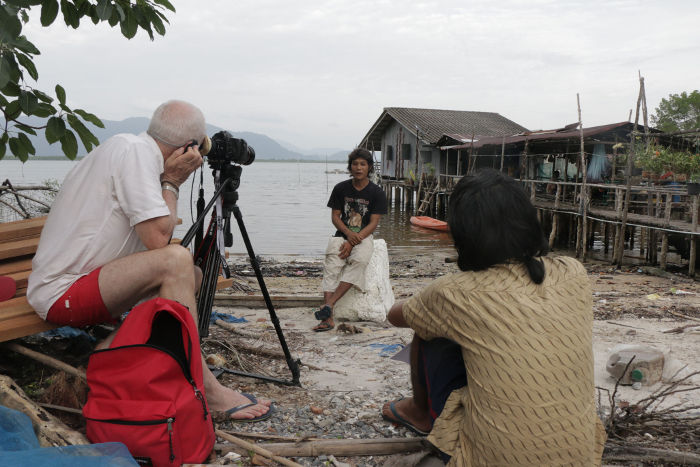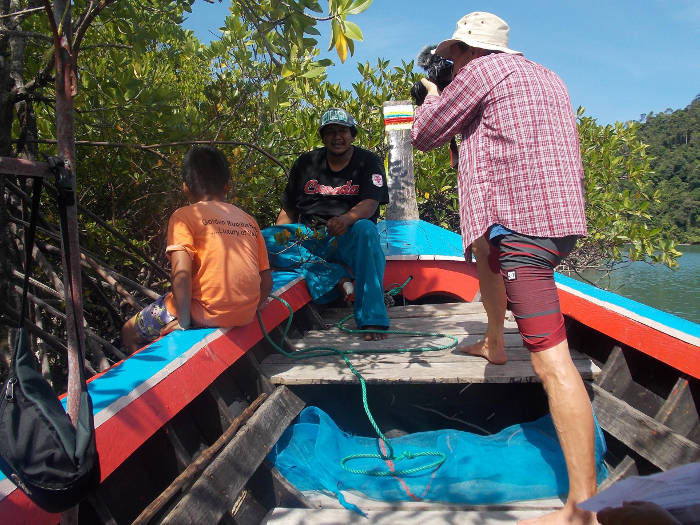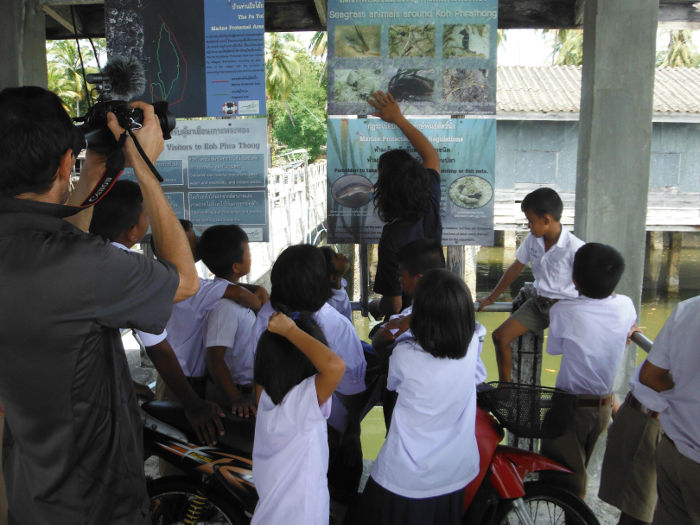December 26, 2004 is a date that will never be forgotten by so many. Not just by those directly caught up in the terrible events of that day, but by those in countries around the world who watched media coverage of the Indian Ocean tsunami and waited anxiously for news of loved ones in Thailand, Sri Lanka, India, Indonesia, Malaysia and other countries affected by the devastation.
A decade later and a documentary, Silent Waters, is being made to commemorate the ten-year anniversary of the tsunami. The documentary is being produced by Phuket-based film-maker, Mike Thomas. Together with his cameraman, Alec Ceschi, Thomas travelled to the island of Koh Phra Thong, just north of Khao Lak, to film the community there. The tsunami swept over the low-lying island killing more than 100, sweeping away villages and destroying communities. More than 1,400 people lived on the island before the tsunami. Today, there are less than 300.
What happened once the waters receded, the beaches were cleaned and the aid organisations left

Photo credit: Mike Thomas
The foreign media mostly want stories focused on their own nationals; this film is about ordinary Thais from poor communities that were overlooked. Some lost everything – friends, family, homes and even a complete village. How do you go about rebuilding your life after a disaster like this?
Thomas says he wanted to “focus on the daily lives of the communities, rather than the sensationalist coverage normally associated with the tsunami”. The film is told via the people of the island; those that stayed and those that moved away to the mainland, but have since returned.

photo credit: Andy Shepard
With minimal infrastructure and no mains electricity, the documentary team describe Koh Phra Thong as one of Thailand’s last unspoilt coastal areas with the three small fishing communities there retaining a simple lifestyle that few visitors get to see. During filming Thomas discovered the importance of conservation on Koh Phra Thong. Thomas says the islanders “have some great conservation programmes and are committed to preserving their environment and way of life. A lack of development and almost deserted beaches encourages a diverse wildlife including nesting turtles.”

Photo credit: Thamrong Chomphusri
Thomas concedes that the most difficult aspect of filming has been funding. The producers have self-funded the film and have also set up a crowd-funding campaign. More details on the film and ways you can get involved here:
Facebook page